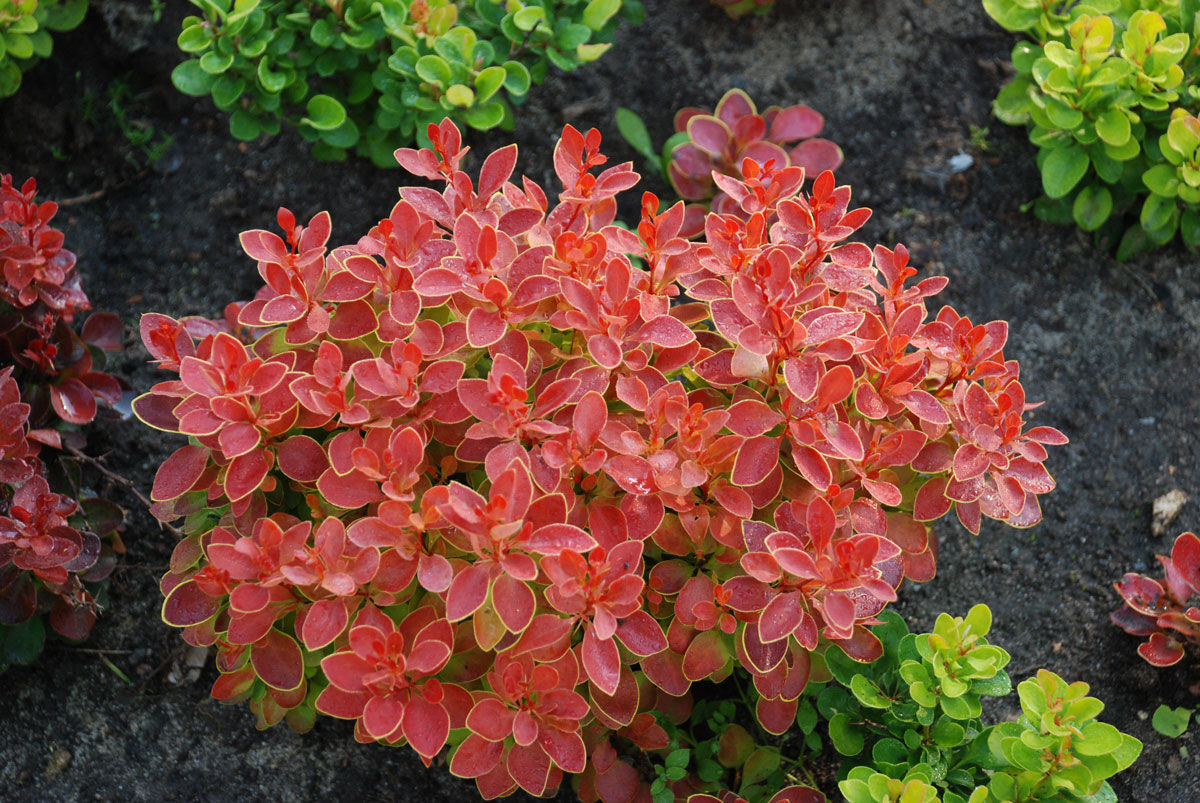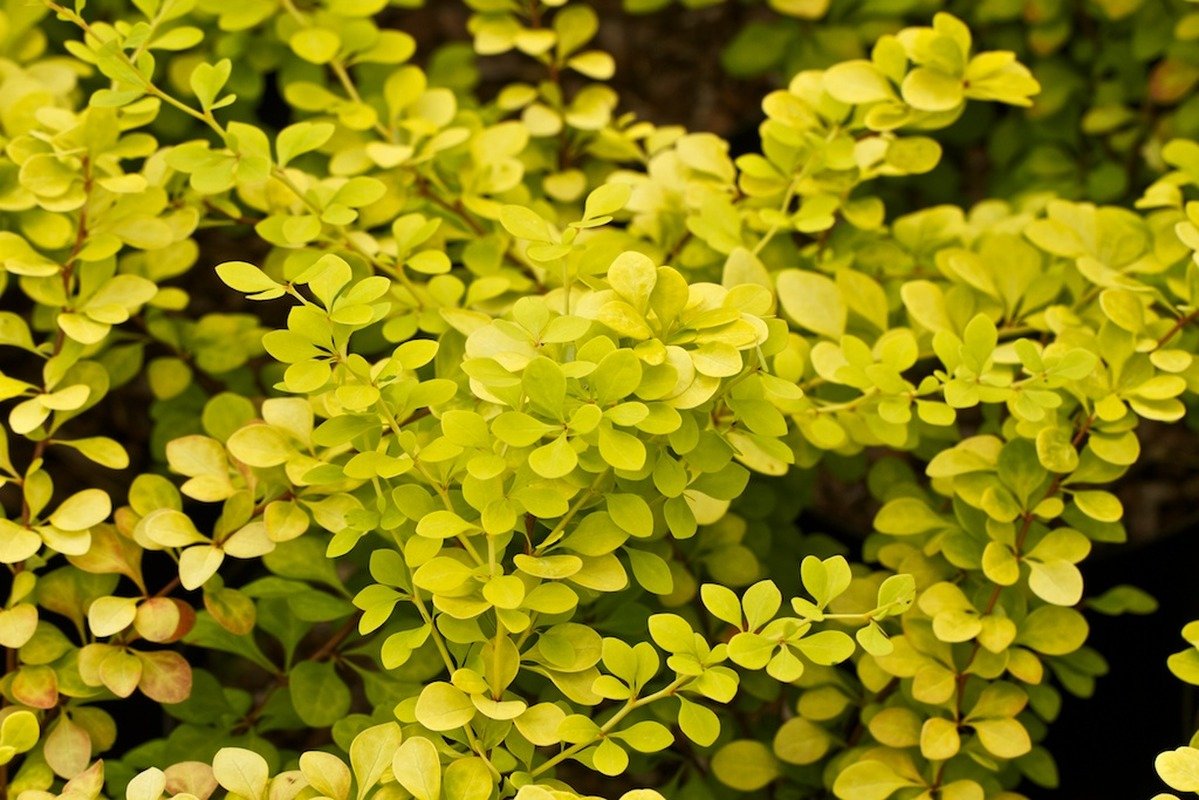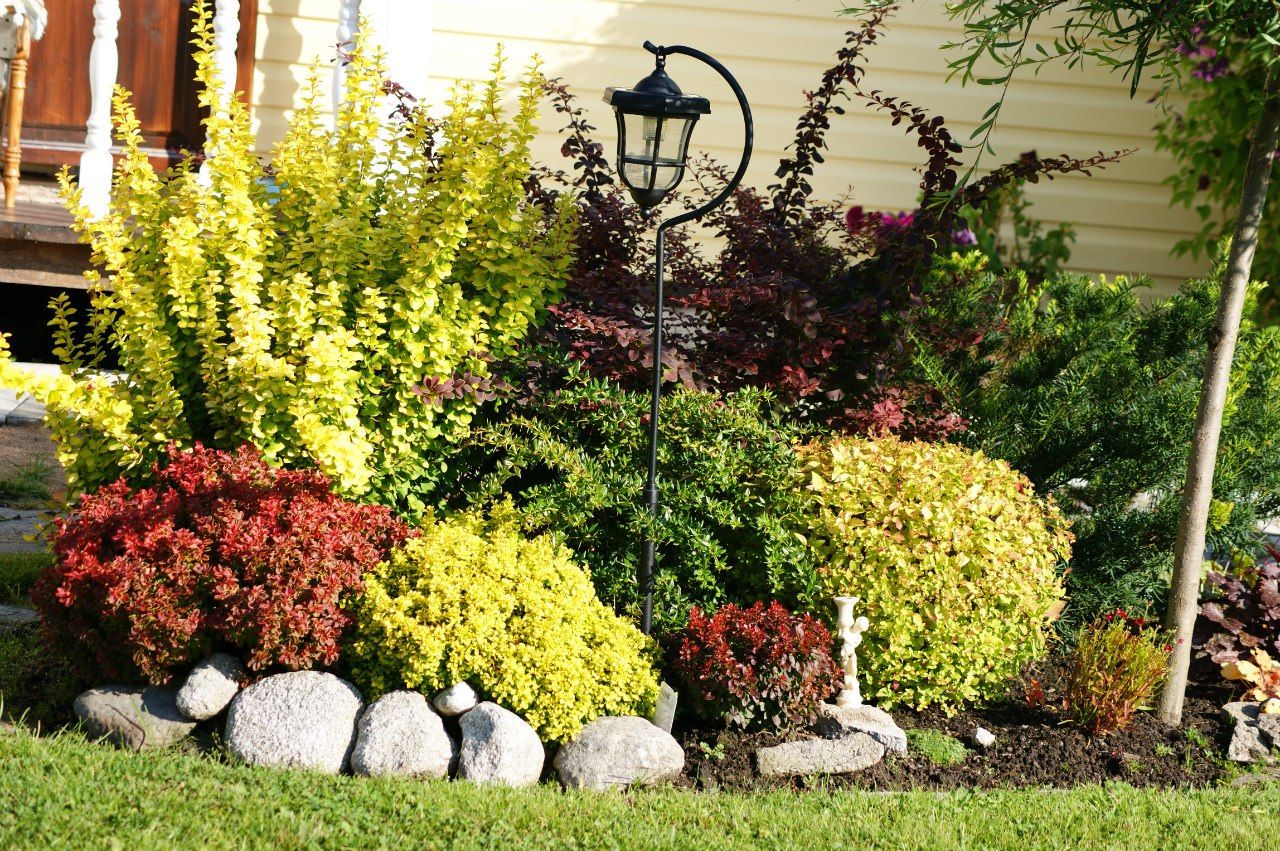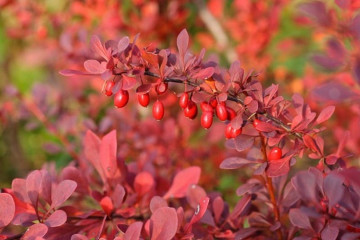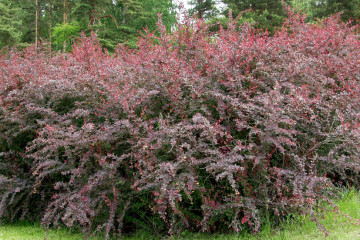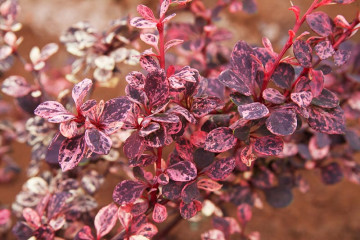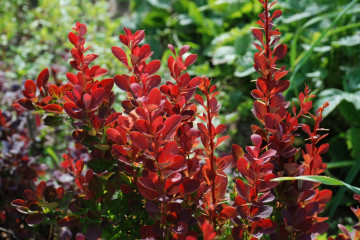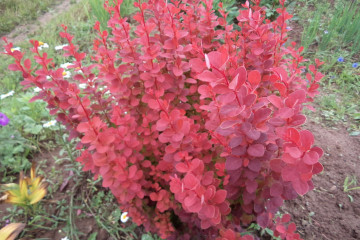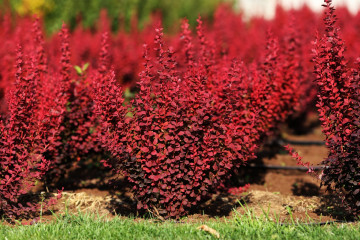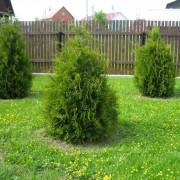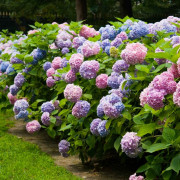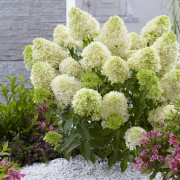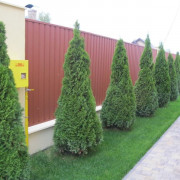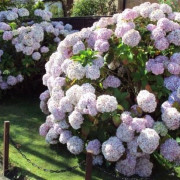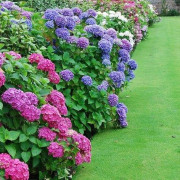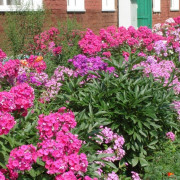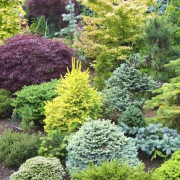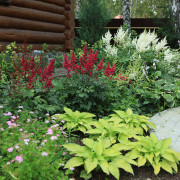Barberry Thunberg - description of plant varieties
Content:
Barberry Thunberg is a popular plant among gardeners. Due to its unusual leaves, it is often used in decorative landscape design. Berberis Thunbergii can be grown as single shrubs, supplemented with garden compositions, or created lush green hedges. Nowadays, there are many varieties of shrubs. Some of them have an unusual bright appearance, others are known only to true connoisseurs of the variety, and there are the most common ones, which are most often used to decorate a garden plot. To grow barberry in your country house, you should familiarize yourself with the most popular varieties, the rules for growing and caring for them.
Description of the variety
This variety is a deciduous shrub. In some cases, it can reach a height of more than 2.5 meters, but this is possible only in its natural habitat. In the garden, the bush can grow up to 1.5 meters. In an ornamental culture, the branches have an arched shape and an orange or red tint. As they grow older, the color of the bark changes to brown or dark brown.
Grown outdoors, the barberry has a spherical crown with a diameter of up to 1 meter, with very dense foliage. The green mass can be of different colors from the outside and gray from the bottom. The shape of the leaf plates is diamond-shaped or oval, but sometimes it can be round.
The shrub begins to bloom in spring. The buds are collected in 3-5 pieces in a cluster-shaped inflorescence.
The fruits ripen in early autumn, are bright red in color and small in size. Barberry Thunberg has high frost resistance and immunity to fungal diseases.
Popular varieties
Among the varietal variety of barberries, the most common varieties stand out, which were most liked by domestic gardeners.
Description of the variety Barberry Admiration
A dwarf variety of barberry, which can reach a height of no more than 50 cm. The variety has a bright and spectacular appearance, it is able to decorate any garden plot. It has the following features:
- high frost resistance;
- beautiful decorative appearance;
- not picky about the quality of the soil;
- looks good in the decoration of rocky gardens and low hedges.
The leaves of the Admiral barberry have a bright pink color and a golden border.
Description of the variety barberry Aurea
Barberry Thunberg Aurea has a spherical crown and grows up to 1 meter in height. The shrub is a slow-growing variety, quite dense and thorny.
Its distinctive features are:
- yellow leaf plates acquire a yellow-red tint over time;
- a bush can grow by 10 cm in a year;
- berberis Aurea likes to grow in shady areas;
- prefers soils with weak acidity;
- blooms in early June;
- suitable for decorating a rocky garden and creating a hedge.
Description of barberry Golden Ring
The Golden Ring got its name from the color of the leaf plate. In a young plant, it is purple with a gold border. The edging disappears with age.
The horticultural crop tolerates frost well and is used as a hedge or curb composition.
Other common varieties
In addition to the most popular varieties, there are several other varieties that are used by gardeners in landscape design.
Variety Maria
The fast growing variety of barberry can reach a height of 1.5 meters. The variety is characterized by upright shoots and leaves that change their color. In the spring they have a yellow tint, then a red border appears on them. Closer to autumn, the leaves turn orange-red.
In September, small red fruits appear on the branches of the barberry. Maria loves to grow in fertile soil, which is full of nutrients.
Concord variety
The slowly growing representative of barberries has a compact crown. The bush is characterized by the same dimensions in height and width - about 40 cm.
The leaf plates are reddish-brown in color. Yellow buds bloom in May. They bloom until mid-summer. It is highly resistant to low temperatures and diseases.
Gardeners use Concorde to decorate flower beds and create rocky gardens.
Golden Rocket
The garden variety can be up to 1 meter in height. The crown of this barberry is bell-shaped. Leaves can be yellow or red-orange.
Golden Rocket begins to bloom at the end of May. Small buds have a yellow tint. In early autumn, small fruits appear on the branches. The plant loves to grow in a sunny or partial shade area. He needs a soil of moderate moisture and weak acidity.
This barberry is used as an ornamental shrub in the garden and for landscaping urban lawns.
Features of planting and care
Before planting the Thunberg barberry, you need to prepare the place. It must be adequately lit and protected from drafts. Most varieties require a light, breathable substrate. The drainage layer should be deep - planting in swampy areas is not allowed.
You can plant Thunberg barberries in the spring, when the buds are not yet swollen, but it is better to do this in the fall. Seedlings with a closed root system are allowed to be moved into open ground at any time, except for winter.
Landing
Planting barberry is very important for the plant to actively grow and develop. It is recommended to perform it in the following sequence:
- A hole is prepared with dimensions of 50 × 50 × 50 cm.
- A sand cushion and a prepared substrate are placed on the bottom.
- Then a seedling with straightened roots is placed on top, the voids are filled with soil.
- The surface is compacted and watered. Until the ground is dry, the near-trunk zone is mulched.
- Until the first leaves appear on the seedling, it must be watered every 10 days.
Watering
Too frequent watering of the Thunberg barberry is not required. As a rule, it has enough natural precipitation even in summer.
In order for the moisture to remain as long as possible, it is recommended to make near-stem holes around the bush. Also, watering should be done directly under the root, and not on the green mass.
Top dressing
Barberry Thunberg has a positive attitude to various types of dressings.Experienced gardeners recommend using organic fertilizers such as compost and humus. It is best to introduce them in spring.
This event can be combined with excavation of the earth. In autumn, it will be enough to lay a layer of peat mulch around the bush.
Pruning
Of all types of pruning, sanitary is mandatory for the shrub. It is performed in the spring - frozen, dried and diseased branches are removed.
Formative pruning is optional for barberry. It is performed only if necessary, in order to remove too long shoots that are knocked out of the general appearance of the crown.
Reproduction
Reproduction of Thunberg barberries is carried out in various ways:
- cuttings;
- layering;
- seeds;
- division.
Cutting is the most popular method for mass propagation of barberries. The method of layering is used in the spring, and the division of the bush can be carried out both in spring and in autumn.
Use in landscape design
Since there are a lot of varieties of Thunberg barberry, there are also enough options for their use in landscape design.
High varieties are used to create a bright hedge. From shrubs of medium height, they create compositions with other garden trees and bushes. Dwarf plant varieties are used to decorate rocky gardens and rockeries.
Barberry Thunberg has long been popular with gardeners. Due to its variety, it is suitable for decorating any suburban area. And its unpretentiousness in care and high frost resistance makes it simply an irreplaceable horticultural crop in the northern regions of the country.

